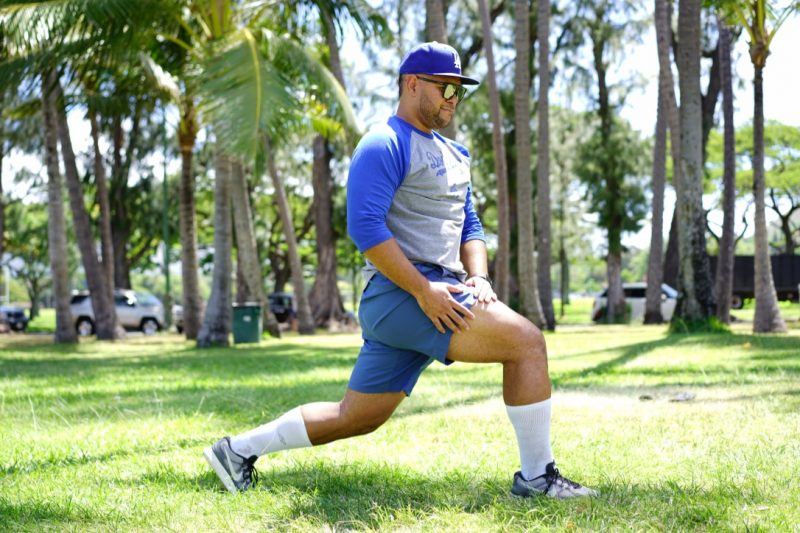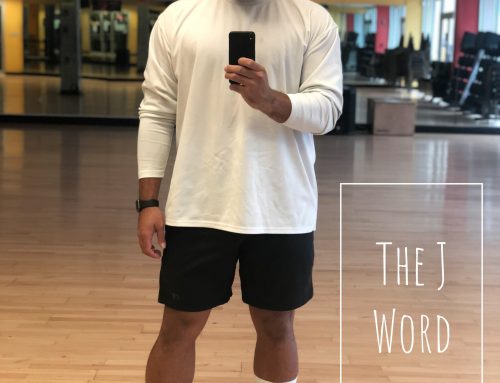I cannot emphasize enough how vital stretching is for your body. Most people only stretch when they know they are about to engage in strenuous activity. Stretching before working out may actually be more important than the exercises themselves, but we should be stretching daily, regardless if we plan on working out or not. Implementing stretching into your daily life can help reduce physical and mental stress, prevent injury, improve sports performance, improve posture, and increase flexibility and range of motion.
I can’t think of anything that is as beneficial as stretching and as easily accessible and cost-free.
Stretching doesn’t require any equipment, can be done anywhere and doesn’t take very long. People who are constantly on the move or work at a job that is physically demanding will benefit from stretching. Stretching prior to work will help loosen the muscles and promote blood flow throughout the body, which will in turn prevent muscles from straining.
Stretching may also benefit those who don’t move at all, or work at jobs where they are sitting at a desk for 8 or more hours a day with their shoulders hunched over. People who work in offices usually experience headaches, tension in their shoulders, back pain and poor posture due to a lack of variation and movement for an extended period of time. Inactivity or being sedentary increases the pressure on spinal discs by about 40 percent more than standing, according to Medical News Today. As a result, pelvic muscles become tight and when someone stands after sitting for long periods of time, the body is pulled forward and off balance, causing stress to bones and muscles. Stretching can help with this.
If you’re an athlete of just a fitness buff, stretching is something you really want to make sure you’re doing. Stretching and elongating muscles can increase your range of motion and your flexibility, which will allow you to maximize your workout or sports performance.
You’ll be able to run faster, squat deeper, lunge lower, and jump higher which all translates to a more intense workout.
There are two basic types of stretching that you should know about. Static stretches are what most people think about when they think of stretching. Static stretching doesn’t involve movement. You stretch a certain muscle until you feel tension and hold it there for a period of time. These stretches should be used to increase flexibility, and can be done at any time of the day except before a workout. Static stretches makes the targeted muscle group relax and temporarily weaken them so it’s counterintuitive to perform static stretches before working out or playing sports because it often does more harm than good. Examples of static stretches include the standing quadriceps stretch, shoulder stretch and upper back stretch.

Dynamic stretches are the exact opposite of static stretches. These stretches should be used to increase your active flexibility by conditioning your muscles to stretch at fast speeds and in varying positions. These are the types of stretches you want to do before working out because it increases blood flow by exciting the central nervous system and maximizes power production. Some examples of dynamic stretches include lunges, jumping jacks, leg swings and hand walks.

There are other types of stretches, but understanding the fundamentals of static and dynamic stretching is a great foundation to start with. Whether you live an active lifestyle or are just looking to improve your posture and relieve some tension, try to infuse stretching into your daily routines. I hope these little tips encourage you to become more aware of your body and promotes a long-lasting, healthy lifestyle.




Leave A Comment